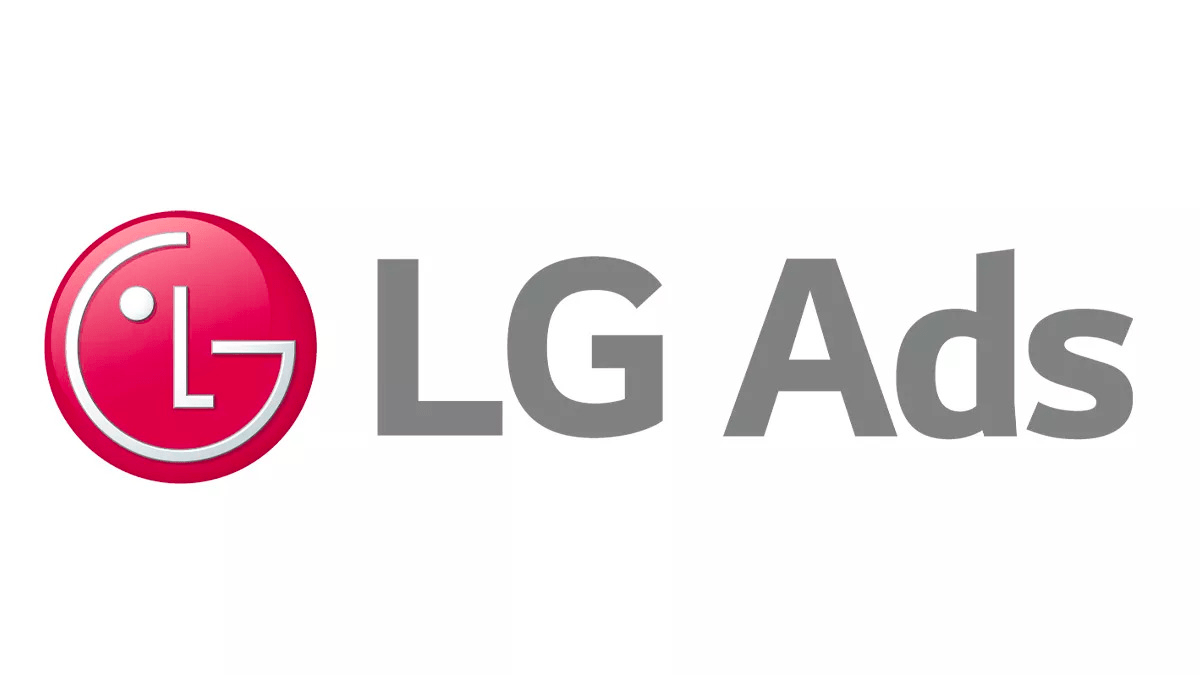The scenario is dramatically changing in the Indian digital publishing landscape. The spurt in the use of OTT platforms, news websites, and YouTube channels is fast altering the way content is prepared, disseminated, and consumed. Having taken the place of traditional media, digital counterparts in turn have left Indian publishers in an unusual situation of great opportunities as well as huge challenges.
The year 2027 will mark the rapid growth of the OTT video market in India to nearly $7 billion, underlining its huge potential for digital publishing. However, it has also drawn the attention of Big Tech giants whose vast resources and global reach pose a threat in this nascent market to the local publishers.
The latest—Jio Cinema‘s disruptive act of releasing IPL premium content for free in 2023, and Disney Plus following it up with free Cricket World Cup access to mobile users—underscore the rising competition in this space. Of course, these are all good developments from a customer standpoint, but they have sent shockwaves through the industry, impacting subscription revenues and forcing publishers to reassess their business models.
As we dive deeper into this topic, we’ll explore the challenges and opportunities facing Indian publishers in this rapidly evolving landscape. Can they innovate and adapt quickly enough to compete with Big Tech’s vast resources and global reach? Or will they find themselves outmaneuvered in the race for India’s digital future?
Current State of Indian Digital Publishing
Types of Digital Publishers
The current state of digital publishing in India has been that of rapid growth with tough competition in almost all platforms. According to a Reuters Institute for the Study of Journalism research, (though targeted more towards English-speaking users in India), social media sites top the spectrum of sources through which news is consumed—notably, YouTube at 53%, followed closely by WhatsApp with 51%, then Facebook with 43%, followed by Instagram at 32%, and X at 22%.
The various types of digital publishers in India can broadly be placed under three categories:
- News Websites: These are online news carriers that provide a wide array of news content, from local to international stories.
- YouTube Channels: With over 462 million active users, India retains the record for the largest audience for this particular social media platform—growing as the prime source of both news and infotainment content.
- OTT Platforms: With an impressive 481 million users, and 102 million paid subscriptions, it does spell a robust market for streaming services in India itself.
Some Recent News
- Viacom18 has integrated JioCinema and Voot seamlessly, wherein 90% of Voot Select users have already migrated to JioCinema. The remaining 10% are most likely to migrate themselves back to JioCinema at some point, thus sealing the stronghold of Viacom18 in the streaming space.
- Adani Group has made a deep foray into the news broadcasting sector. It acquired an additional 1.76 crore shares of NDTV worth approximately ₹602 crore from the founders Prannoy Roy and Radhika Roy through RRPR Holding. This is 27.26% of the company and represents a significant change in the ownership structure of one of India’s key news channels.
- The competitive landscape is taking its toll on some players. For example, Tata Play has reported a manifold rise in net loss for fiscal 2024. The company’s losses surged over three times to Rs 354 crore from a Rs 105 crore loss in the previous year, trying more or less due to amplified competition in its DTH distribution business.
The Big Tech Challenge
Dominance of Global Tech Giants in the Digital Space
The OTT landscape in India is dominated by several key players, with the top five being:
- Disney+ Hotstar (4.9 crore paid subscribers)
- Jio Cinema (2.5 crore paid subscribers)
- Amazon Prime (2.1 crore paid subscribers)
- Sony LIV (1.2 crore paid subscribers)
- ZEE 5 (0.75 crore paid subscribers)
These numbers underscore the massive market share commanded by international tech companies such as Disney, next to powerful domestic players like Jio Cinema by Reliance. Their relative dominance of the market is driven by factors such as deep pockets for the content production and acquisition game, advanced technology infrastructure, and global expertise in user experience and marketing.
Subscription-based models are, indeed, the chief driving force behind this shift in the landscape. As specified by the Subscription Economy Index report, the subscription economy has surged by 435% over the last decade. If these numbers are to be taken into account, there are no indications of the trajectory reducing, and the market size is expected to hit $1.5 trillion by 2025.
Importantly, even the conventional paths of mainstream publishers are quickly adjusting to this digital metamorphosis. Most of the essential television networks that were once the mainstay of Indian entertainment are now leveraging the power of digital media and providing investment for its expansion:
- StarPlus content is now available on Disney+ Hotstar
- Zee TV content is now available on ZEE 5
- Sony TV content is now available on Sony LIV
While traditional media houses have been more conservative and slower to wade into the waters of digital media platforms, they are fast realizing the sheer necessity to be able to evolve with changing consumer preferences.
Impact on Indian Digital Publishers
- Ad Revenue Distribution: On the revenue side of the equation, tech behemoths reap most of the benefits from the spending on digital advertising, leaving local publishers with little left to compete for the local advertisers’ budgets. Most find it ineluctable to have a presence on these platforms, often at the cost of limited monetization opportunities.
- Content Discovery and Visibility: Enabling content discovery and visibility that is increasingly governed by algorithms means that publishers need to adapt to cater to these requirements stipulated by major platforms. This shift, combined with the move to mobile-first consumption, concentrated our user attention on a handful of mass apps, working ever more favourably against the interests of the long tail in publishers.
- Data Ownership and Privacy Concerns: Another challenge to local publishers has been posed by the aggregation of user data undertaken by big tech corporations. With lesser access to detailed audience data, Indian publishers are in no position to catch up with indicating the preferences of their readers. In addition, stringent privacy norms, although desirable, serve to work to the advantage of more prominent companies accustomed to coping with regulatory requirements.
Strategies for Indian Publishers to Compete
Investing in Robust Media ERP Systems
Homegrown ERP solutions can be customized to meet Indian publishers’ specific needs. These solutions can integrate various issues around publishing, right from content creation and management to content distribution and monetization; provide effective insights; and, thus, increase operational efficiency. Custom-developed solutions would also better handle multi-language content management, thus providing clear value in the country’s diverse linguistic countryside.
Developing Niche Content and Audience Segments
Publishers can tap into under-penetrated markets and build audience loyalty by focusing on regional languages and specialized content areas. In fact, it helps the internet penetrate even in tier-2 and 3-cities, where the demand for local language-based content is relatively higher. Publishers could curate content areas such as local news, culture, or entertainment, for example, targeting areas that most global platforms would miss. For example minmini app developed by Daily Thanthi for Tamil Nadu audiences.
Exploring Alternative Revenue Models
Publishers can do a number of things: include a paywall for premium content, offer special subscriptions similar to a membership, develop branded content partnerships, and so forth. Many are testing membership models where there are community and other perks involved. Others are leveraging their subject matter expertise to create and sell consulting services or educational programs related to their content areas.
Collaborating With Other Indian Publishers
Publishers, in collaboration, might jointly invest in developing new technology, share content distribution systems, or even create joint advertising platforms to be competitive with global giants. These may also include collaboration wherein data is shared to jointly improve audience knowledge while also being privacy regulation compliant. Think consortium! For example Local Media Consortium (LMC) in the US.
Conclusion
The new digital landscape in publishing for India is changing fast. With big technology companies taking the lead, local publishers have to, in many ways, do things on their own. Indian publishers can ensure that the digital future is theirs by making investments in technology that befits this new kind of revolution in communication, creating niche content, new models of revenue generation, and collaboration. Success will depend on bringing local expertise and knowledge with advanced technologies to create unique value for Indian audiences.
Do not allow operational deficiencies to weigh down your publication in today’s fast-growing digital landscape. Be it revenue leakage, misplaced yield, or hidden margin killers, YuktaOne—a media ERP—has got the tools for survival. Take your first step toward optimized operations. Contact YuktaMedia today to schedule a demo and learn how our solutions can help transform your digital publishing strategy.




 Talk to a Media ERP Specialist
Talk to a Media ERP Specialist

















